Cloud computing is a paradigm shift from the previous system of siloed functions—storage, network, compute, and application. This complex system and its integrated, cross-discipline requirements are encapsulated in the definition of "cloud native" from the Cloud Native Computing Foundation (CNCF):
Cloud native technologies empower organizations to build and run scalable applications in modern, dynamic environments such as public, private, and hybrid clouds. Containers, service meshes, microservices, immutable infrastructure, and declarative APIs exemplify this approach.
These techniques enable loosely coupled systems that are resilient, manageable, and observable. Combined with robust automation, they allow engineers to make high-impact changes frequently and predictably with minimal toil.
See the complete definition at GitHub.
As IT infrastructures move mostly, if not entirely, into the cloud, Architects must become versed in the many diverse technologies the cloud comprises. Here is a roundup of books that will expand your mind and your expertise—in no particular order:
Designing Data-Intensive Applications
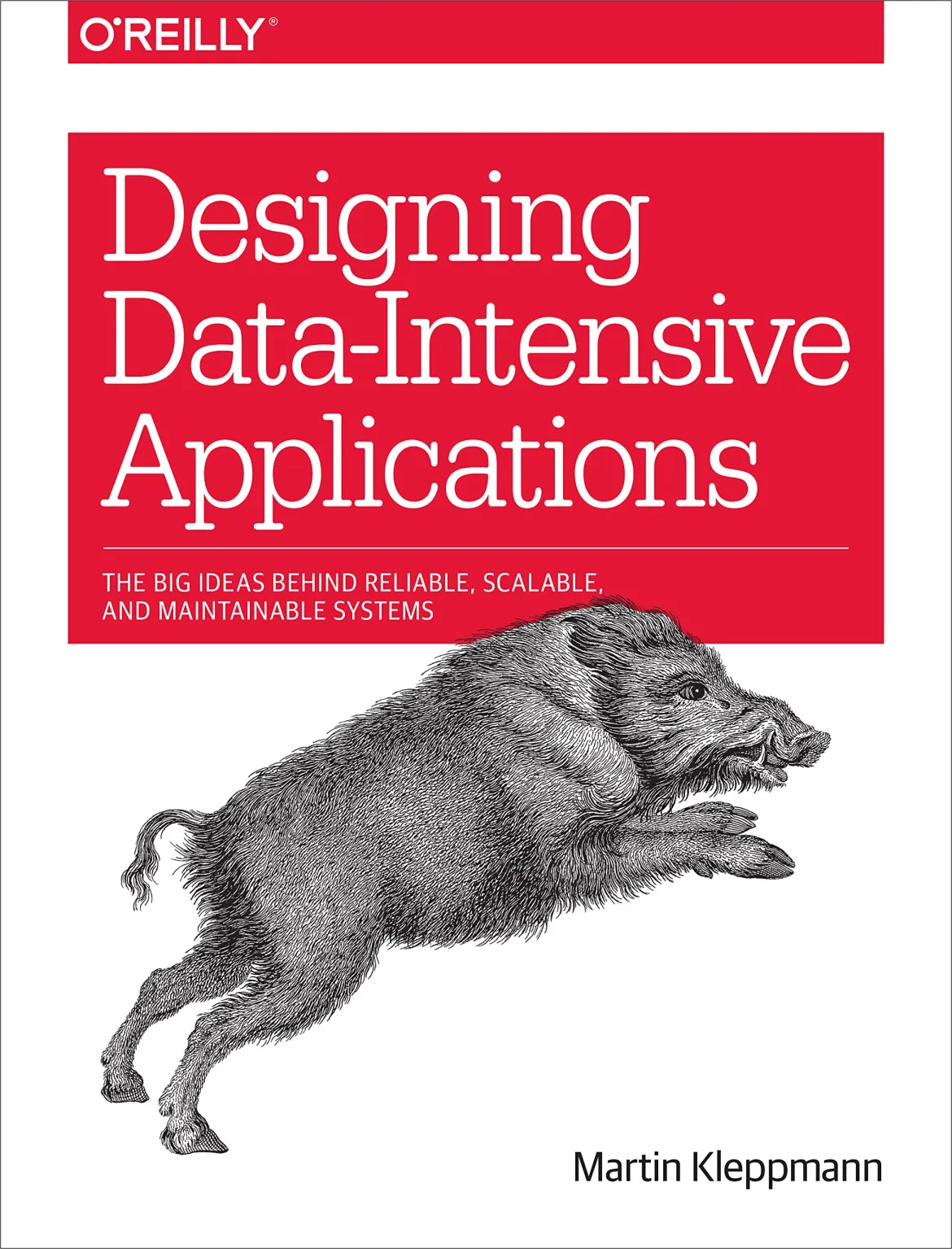
Cloud architecture and cloud native design principles often entail moving from a monolith to a series of modular and scalable services. Whether these go by the title of microservices or something else, they are distributed systems that will process massive amounts of data to keep up with the growing demand for digital architecture.
Distributed systems have a fundamentally different set of challenges, and those challenges grow exponentially as the system grows in scale and complexity. In Designing Data-Intensive Applications, Martin Kleppmann illustrates both the complexity and the shift in architecture with plenty of real-world examples. Some of the buzzwords mentioned are less popular today (NoSQL doesn't have the same attraction as it did in 2017, for example), but the technical principles involved in choosing databases are as important as ever.
Designing Distributed Systems
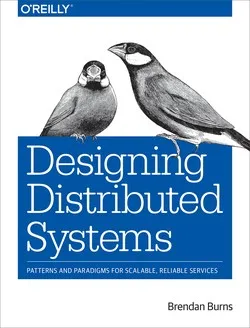
Design patterns change as architectures shift from on-premises monoliths to hybrid cloud microservices, or anywhere in between. As mentioned above, distributed systems become a fundamental skill when we shift to the cloud. In Designing Distributed Systems, Brendan Burns provides insight into a number of patterns and principles that are well worth internalizing.
SRE book and related reads
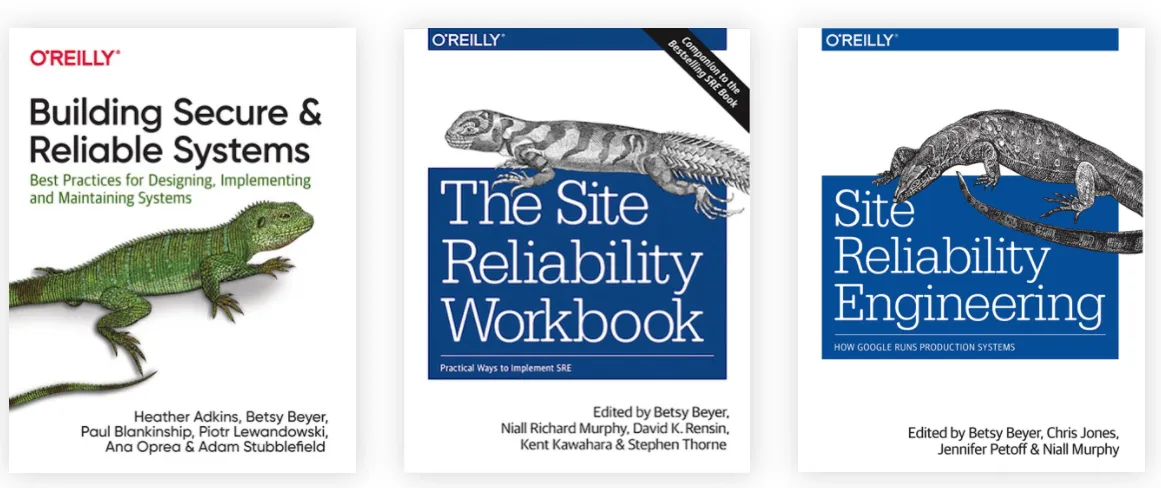
Cloud adoption results in Architects needing to understand, to a certain extent, other architecture roles, the most important of these being Site Reliability Engineers. The succinctly-named SRE book explores the practices of these operators who write software to maintain infrastructure.
Whether you are an Application Architect who is passionate about empowering cloud adoption or a developer who wants to grow toward an Architect role, SRE expertise will be important to acquire and maintain as the role are adapts to shifts in technology.
Kubernetes Patterns
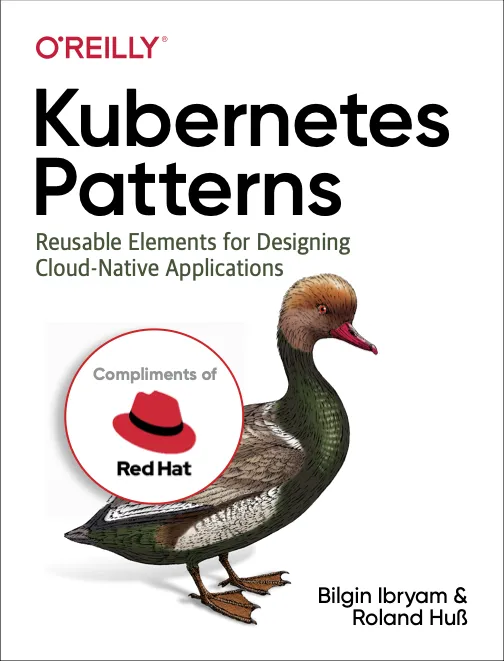
When it comes to designing a cloud architecture, Kubernetes is top of mind for many. There are a number of quite good general Kubernetes resources out there, but Kubernetes Patterns: Reusable Components for Designing Cloud-Native Applications excels as a resource for the solution-minded Cloud Architect. This free download offers a practical, example-driven guide to key decisions to be made about your cloud architecture: from service discovery management to sidecar patterns to container orchestration. You can download it here.
Network+ and other CompTIA study guides
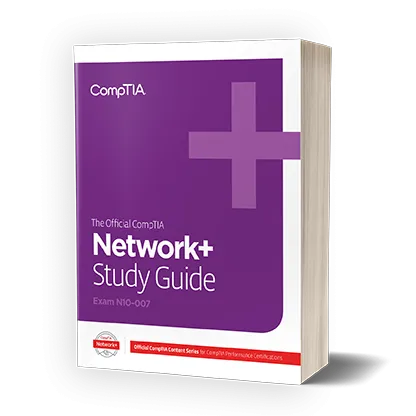
Network architecture is a significant part of cloud architecture, as microservices become commonplace and distributed systems the norm. The default assumption of DNS being the underlying cause of a service outage was for a good reason (search "it was DNS" for a series of wonderful jokes on the subject).
If you're on the earlier end of your journey into cloud architecture, CompTIA study guides like Network+, and the certifications along with them, offer a path toward IT Architect roles for the self-taught. Check out the whole library of training books to get a great grasp of the fundamentals.
The Phoenix Project

One of the more complex points of knowledge for any Architect is understanding the shifts in how we think about producing goods. A diligent researcher will find a slew of titles on this subject—management theory—from Toyota Kata by Mike Rothner to Out of the Crisis by W. Edwards Deming. These books cover the foundations of business history and explain the modern enterprise in a whole new light. {Need a more descriptive statement here, what is the "whole new light" perspective these books offer?}
No matter how interesting you find the subject, however, it can be tough to get through a thick nonfiction book exploring how business systems have evolved. Thankfully, Gene Kim, Kevin Behr, and George Spafford tell a story of evolving businesses in the novel The Phoenix Project.
Modeled off of The Goal, The Phoenix Project is a fun and familiar tale of a fictitious business attempting to adopt modern IT practices. Anyone who has worked at a large technology company can relate to the story, and it is a great way to learn principles of evolving architectures while enjoying a playful read.
Bonus: The Illustrated Children's Guide to Kubernetes
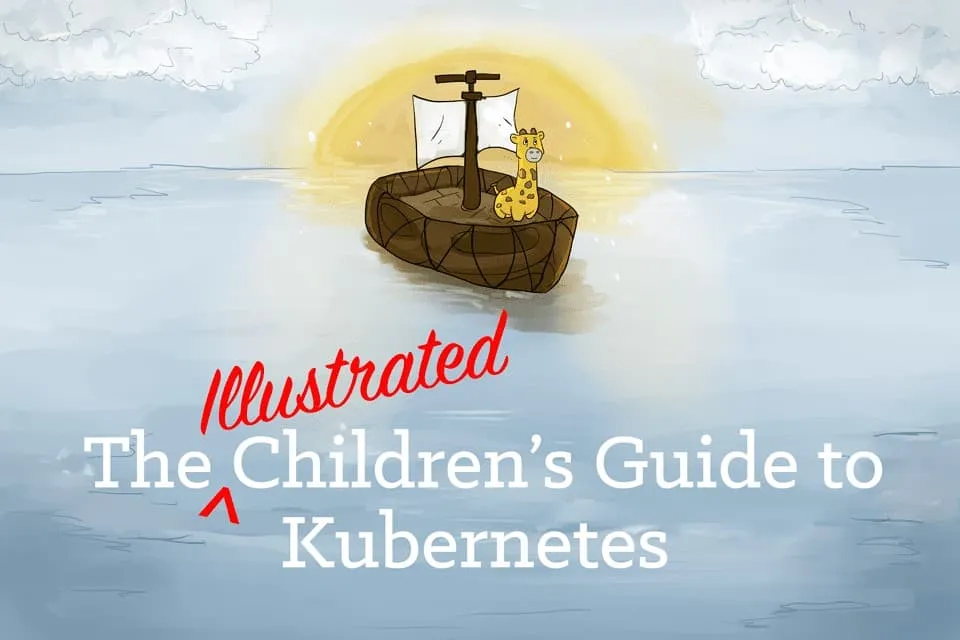
Looking for the best book for the Cloud Architects of the future? Get them started on their journey early with The Illustrated Children's Guide to Kubernetes, a series of kids' books by the CNCF featuring their mascot, Phippy.
Bringing it together
Pursuing an IT Architect role will push even the most experienced engineers into new domains of interest. The mix of computer science principles, practical application architectures, foundational theories of operation, and new job titles will be sure to inspire new ideas and new goals for professional enrichment.
Are you an IT Architect that wants to share some of the interesting new subjects you've explored along the way? Contribute your story today.
Sobre el autor
Matt has a background in storage architecture, virtualization, and adoption of DevOps practices through companies small and large. He is also an open source contributor to projects, including Kubernetes, co-creator of podcasts, and co-built the DevRel Collective for Developer Relations professionals.
Navegar por canal
Automatización
Las últimas novedades en la automatización de la TI para los equipos, la tecnología y los entornos
Inteligencia artificial
Descubra las actualizaciones en las plataformas que permiten a los clientes ejecutar cargas de trabajo de inteligecia artificial en cualquier lugar
Nube híbrida abierta
Vea como construimos un futuro flexible con la nube híbrida
Seguridad
Vea las últimas novedades sobre cómo reducimos los riesgos en entornos y tecnologías
Edge computing
Conozca las actualizaciones en las plataformas que simplifican las operaciones en el edge
Infraestructura
Vea las últimas novedades sobre la plataforma Linux empresarial líder en el mundo
Aplicaciones
Conozca nuestras soluciones para abordar los desafíos más complejos de las aplicaciones
Programas originales
Vea historias divertidas de creadores y líderes en tecnología empresarial
Productos
- Red Hat Enterprise Linux
- Red Hat OpenShift
- Red Hat Ansible Automation Platform
- Servicios de nube
- Ver todos los productos
Herramientas
- Training y Certificación
- Mi cuenta
- Soporte al cliente
- Recursos para desarrolladores
- Busque un partner
- Red Hat Ecosystem Catalog
- Calculador de valor Red Hat
- Documentación
Realice pruebas, compras y ventas
Comunicarse
- Comuníquese con la oficina de ventas
- Comuníquese con el servicio al cliente
- Comuníquese con Red Hat Training
- Redes sociales
Acerca de Red Hat
Somos el proveedor líder a nivel mundial de soluciones empresariales de código abierto, incluyendo Linux, cloud, contenedores y Kubernetes. Ofrecemos soluciones reforzadas, las cuales permiten que las empresas trabajen en distintas plataformas y entornos con facilidad, desde el centro de datos principal hasta el extremo de la red.
Seleccionar idioma
Red Hat legal and privacy links
- Acerca de Red Hat
- Oportunidades de empleo
- Eventos
- Sedes
- Póngase en contacto con Red Hat
- Blog de Red Hat
- Diversidad, igualdad e inclusión
- Cool Stuff Store
- Red Hat Summit

